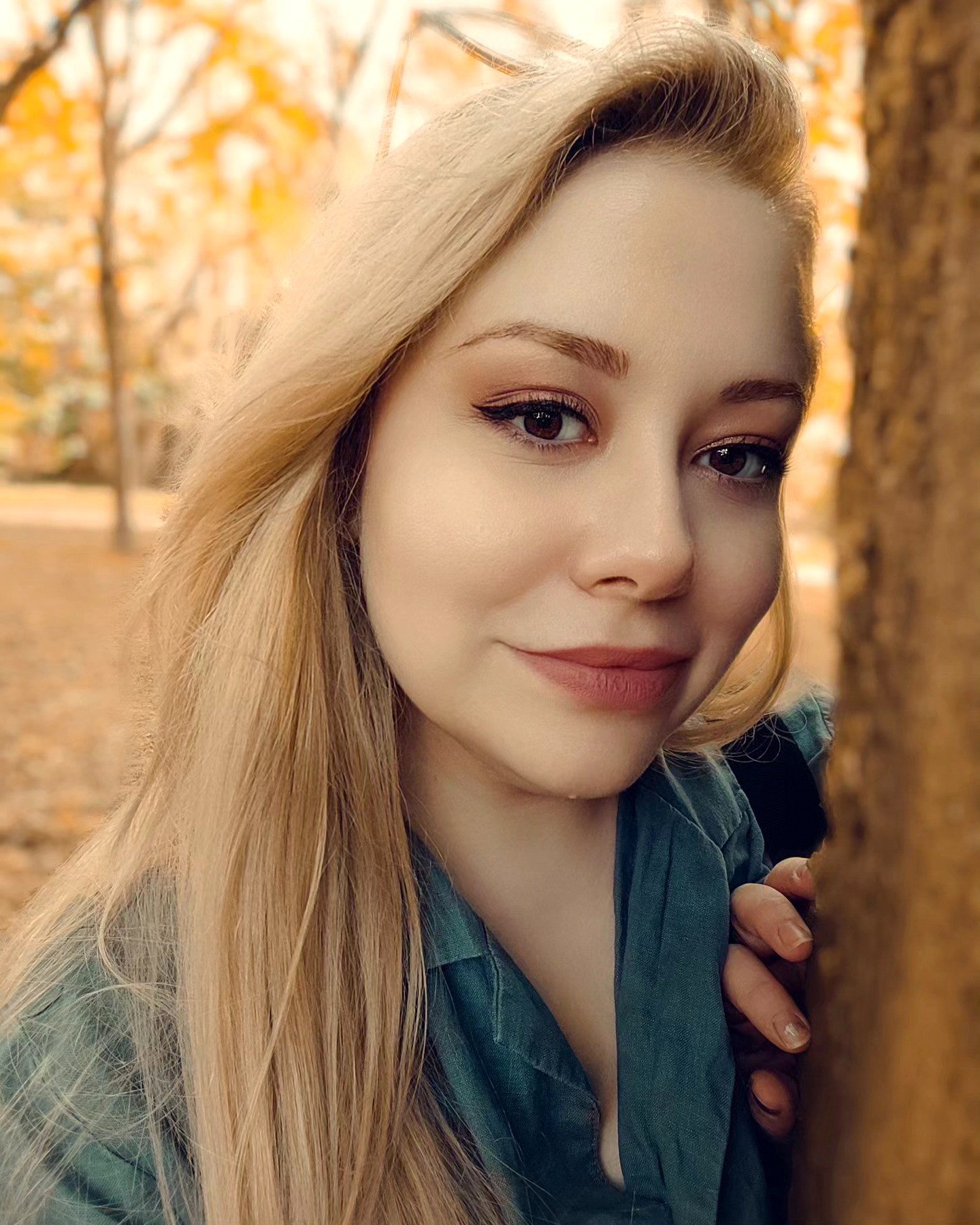We caught up with the brilliant and insightful Esra Sakar a few weeks ago and have shared our conversation below.
Hi Esra, thanks for joining us today. We’d love to hear about when you first realized that you wanted to pursue a creative path professionally.
My first encounter with art was not marked by a date, but by a feeling. As a child, I would see the light streaming through the curtains as a stage; not my toys, but the scenes I imagined would come to life in the corners of our home. The real world felt like a rehearsal for something imagined.
At the time, I didn’t think of it as a path, only as a need: to see, to feel, to transform. As Berger said, “Seeing comes before words.” I looked first, then began to truly see and eventually, to understand.
I began with theatre, telling stories through the language of the body and silence. Then photography arrived. When the eye meets light and time, it becomes a form of intuition. Photography became more than an image; it was a reflection. Through the frame, I gave birth to myself again and again.
For me, art is not a direction but a way of being. Dreams, myths, identity, and the self quietly weave through my works. Each image becomes a doorway to what lies unseen. And I remain there, at the threshold still looking, as if seeing it all for the first time.
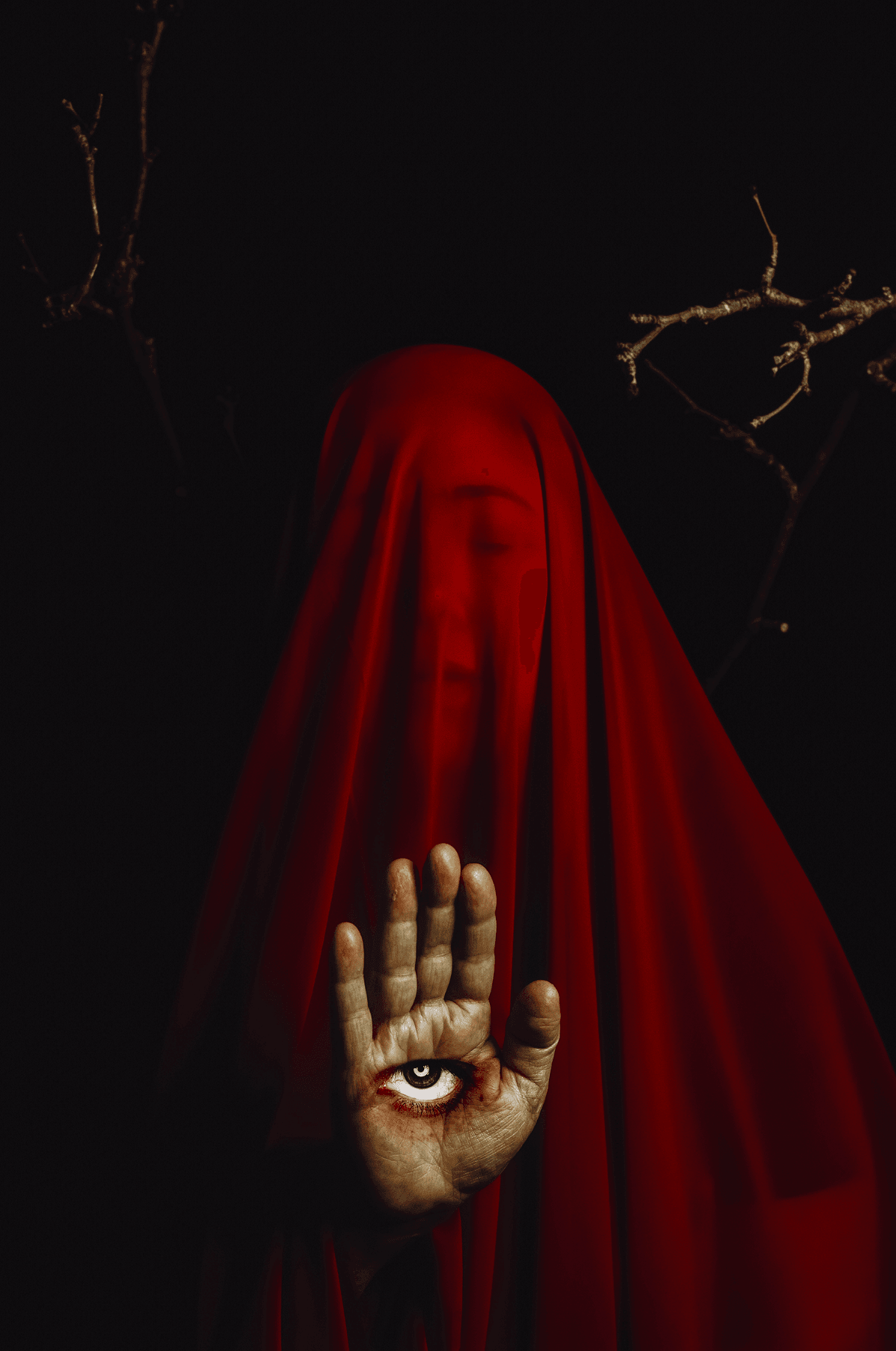
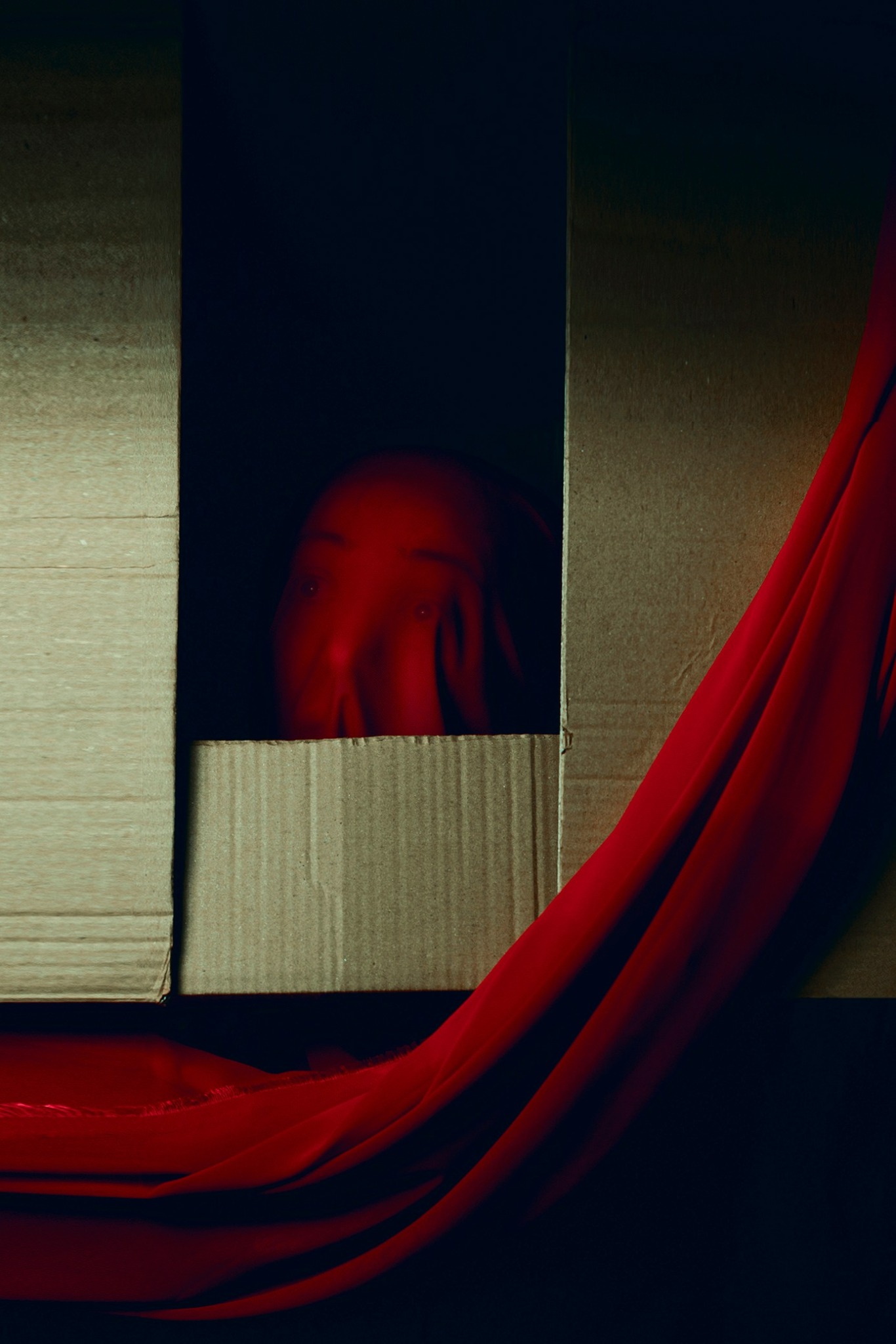
Esra, before we move on to more of these sorts of questions, can you take some time to bring our readers up to speed on you and what you do?
I am a photography based visual artist based in Istanbul. For me, art is not a direction, but a way of being. I form my deepest connection with life through the language of images. My relationship with art did not begin at a specific moment; it evolved through an inner instinct. Since childhood, I have been moved by dreams, shadows, and the silences behind words.
Over time, I felt a growing need to express this inner world through images. Photography, for me, is not merely a tool for documentation it is the voice of suppressed emotions, fragile identities, and unseen existences. The works I create are shaped around themes such as psychology, mythology, dreams, identity, and the body. Each frame carries the trace of an inner monologue, a dream, a sensation.
Due to the emotional and visual structure of my works, I feel a spiritual connection with certain artists. Francesca Woodman’s bodies wrapped in loneliness, Diane Arbus’s striking intimacy with the strangeness within the ordinary, Claude Cahun’s visual interrogation of identity, Remedios Varo’s dreamlike realm, William Blake’s intuitive fusion of word and image, and Şahin Kaygun’s delicate bridge between photography and poetry all resonate deeply with the nature of my own artistic expression.
What I’m most proud of is my strong intuition, my capacity for empathy, and my perseverance. Despite all the challenges, I never detached myself from art and graduated at the top of my class from Marmara University’s Faculty of Fine Arts, Department of Photography.
In every piece, I aim to make the whispers of the unconscious visible and invite the viewer on a quiet journey into their own inner world.
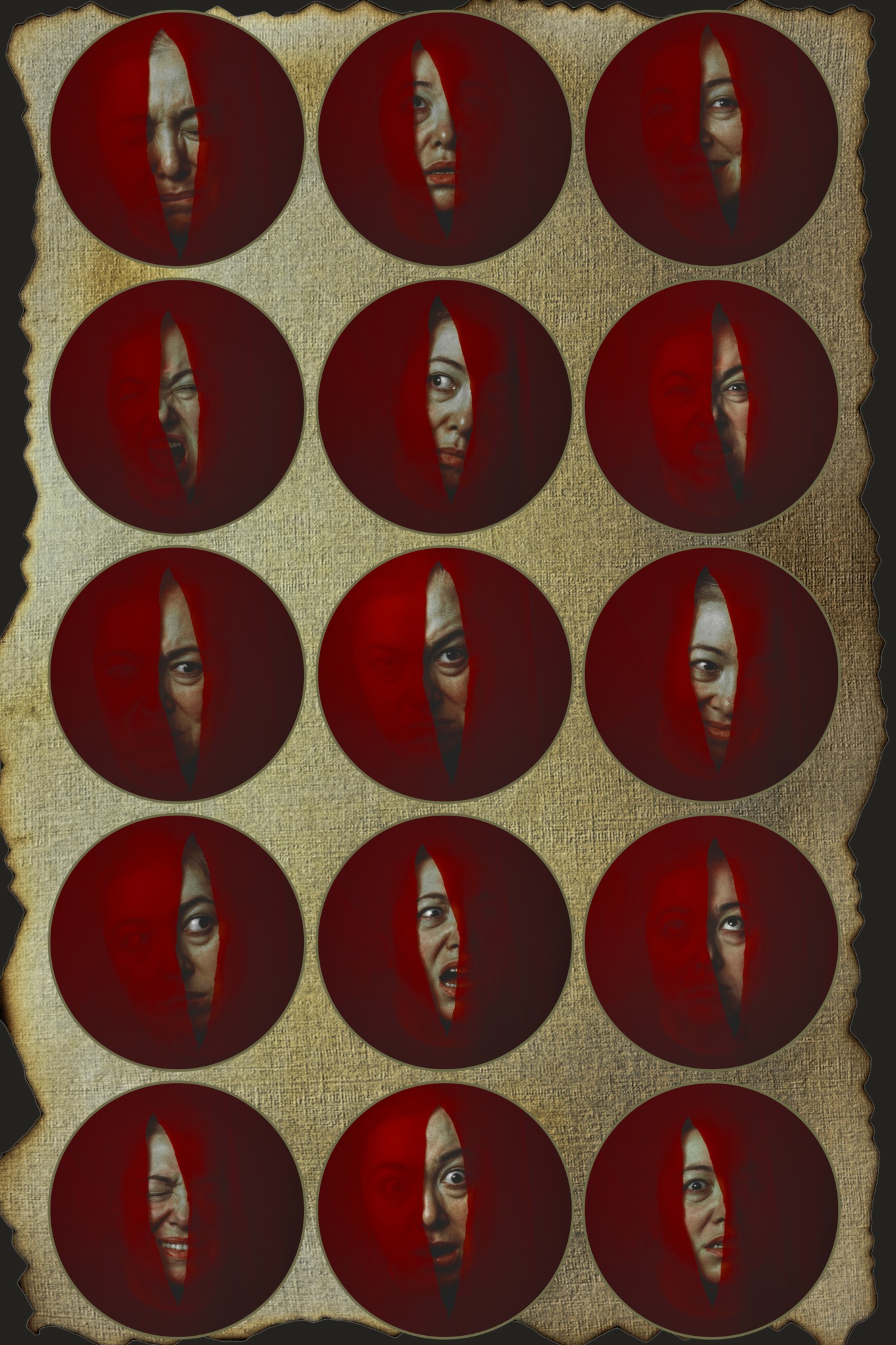
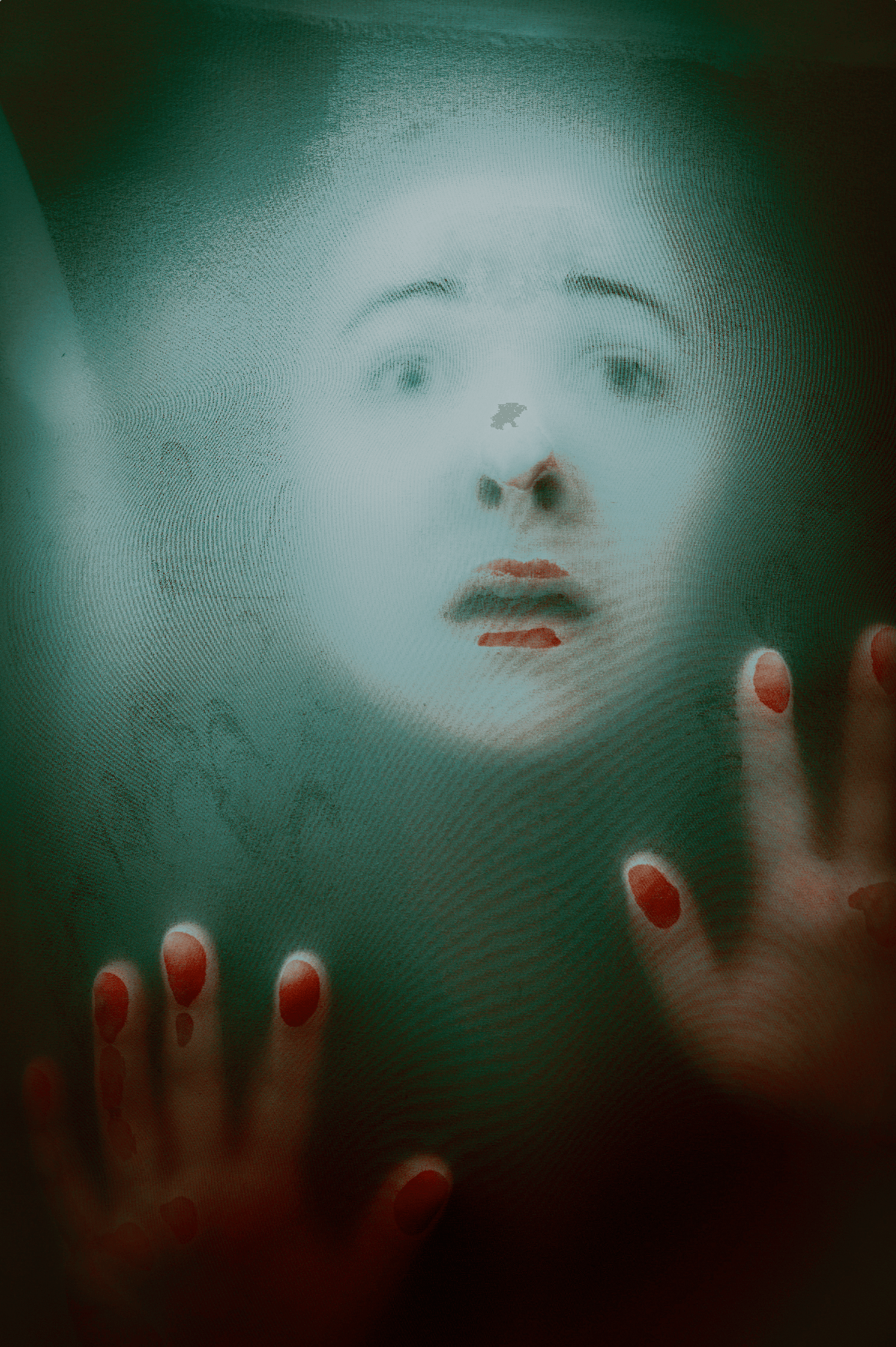
What do you think is the goal or mission that drives your creative journey?
At the heart of my artistic journey is a desire to connect with what is unseen. Through imagery, I seek to surface psychological, mythological, and dreamlike layers, revealing suppressed emotions, fragmented identities, and silent truths. I want each of my works to serve as a mirror, quietly guiding the viewer inward, like a dream or a shadow, always carrying a deeply personal echo.
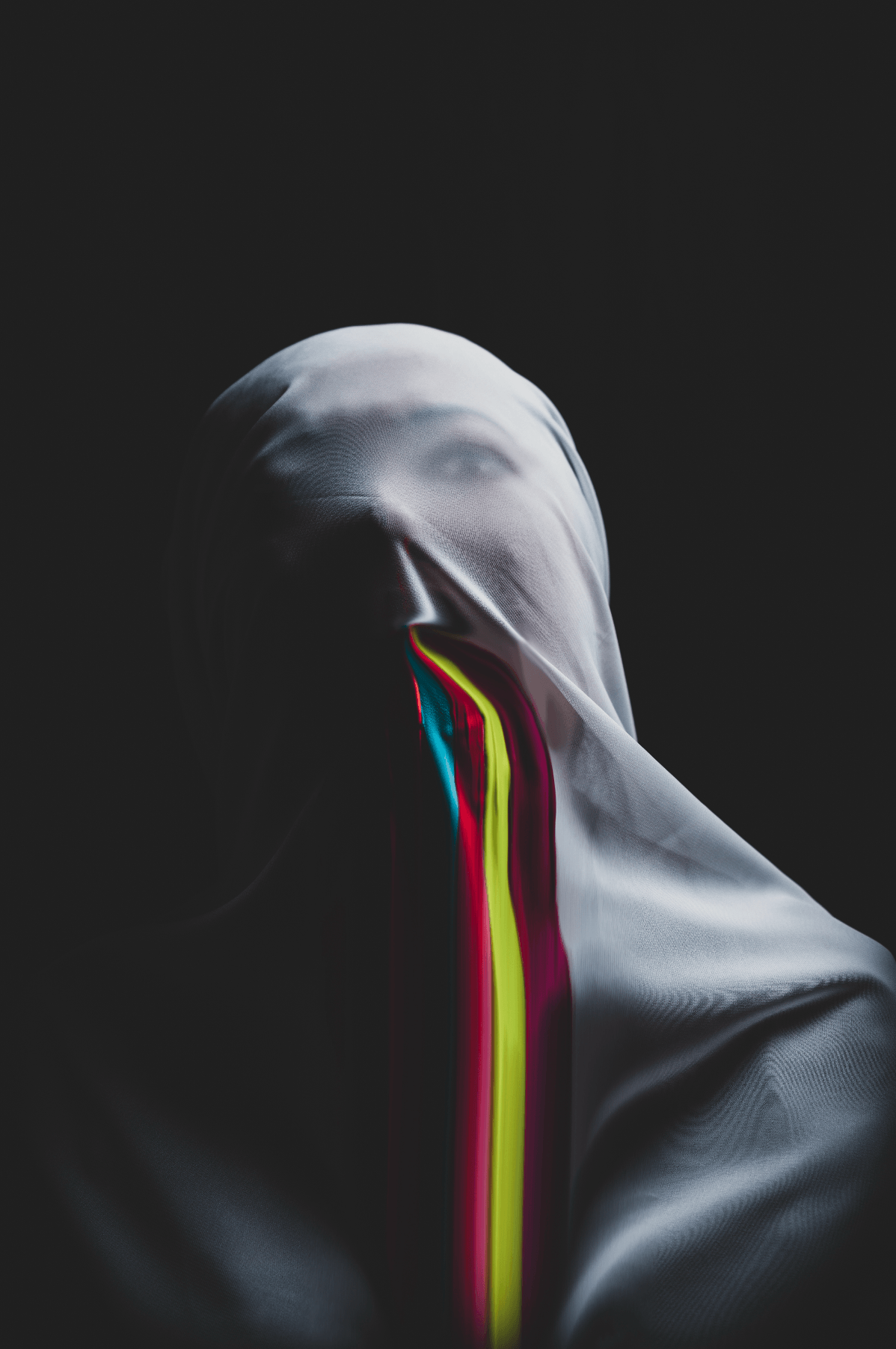
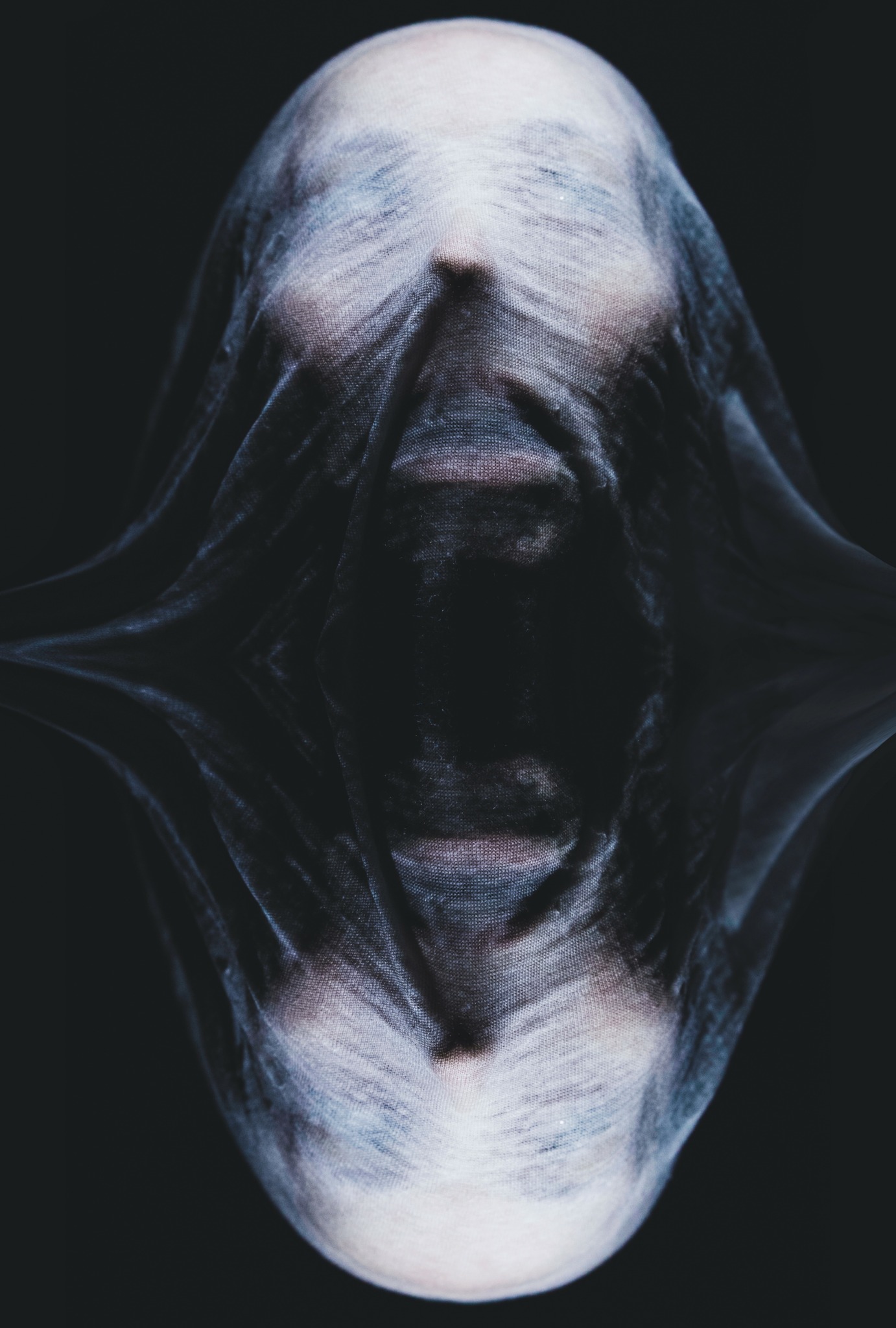
Is there something you think non-creatives will struggle to understand about your journey as a creative? Maybe you can provide some insight – you never know who might benefit from the enlightenment.
One of the most common misconceptions about the creative process is that it consists only of moments of inspiration, seen from the outside. Yet, this journey is filled with invisible pains, silent inquiries, and internal confrontations. Art is not only a form of expression but often a way to bear a burden or open the wounds within. Behind a work that appears aesthetic, there can be years of carried emotions, suppressed memories, and mental struggles. What I need most is not for this process to be romanticized from afar, but for its sincerity to be truly understood.
Contact Info:
- Website: https://esrasakar.com/
- Instagram: https://www.instagram.com/_esrasakar_/


Image Credits
Photographer: Esra Sakar


